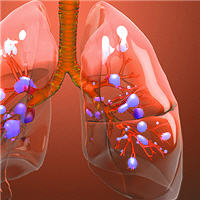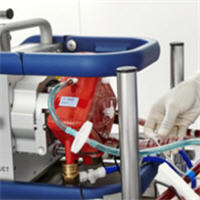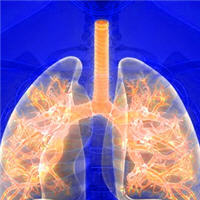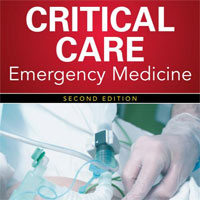Tag: ICU

Low Technology, Mild Controlled Hypothermia for Necrotizing Enterocolitis Treatment
Low technology, mild controlled hypothermia was feasible, not related to adverse effects, and effective treatment for NEC Modified Bell's Stage II/III. It avoided surgery, bowel perforation, and extensive intestinal resection;... read more

Oral Midodrine Feasibility in Early Sepsis
This study proved the feasibility of clinical trial to use oral midodrine in early sepsis. The study was not powered to detect statistically significant differences between the two groups, and therefore, the results from... read more

Association Between Premorbid Beta-Blocker Exposure and Sepsis Outcomes
This study suggests that β-blocker exposure prior to sepsis, especially to noncardioselective β blockers, may be associated with better outcome. The findings suggest prospective evaluation of β-blocker use in the management... read more

Bodily Pain in Survivors of ARDS
Nearly half of acute respiratory distress syndrome (ARDS) survivors reported bodily pain at 6- and 12-month follow-up; one-third reported pain at both time points. Pre-ARDS unemployment, smoking history, and in-ICU opioid... read more

Trend and Pattern of 100 ARDS Patients Teferred for VV ECMO Treatment
Referral to specialized center for venovenous (VV) ECMO treatment should be considered expeditiously in case of refractory ARDS, which is often lethal. Transport of unstable patients, although challenging, is feasible and... read more

Ultrasound Grayscale Analysis in ARDS COVID-19
Recent evidence regarding the novel coronavirus disease 2019 (COVID19) is growing in describing the characteristics of this disease, with main focus on lung morphology. Few data are available regarding the peripheral and... read more

Promoting Evidence-Based Practice in ARDS
There is a dearth of literature addressing interventions to improve implementation of evidence-based practices in acute respiratory distress syndrome (ARDS). Existing interventions to improve clinician knowledge and facilitate... read more

Prone Positioning in Spontaneously Breathing Subjects With Moderate or Severe ARDS During Invasive Ventilation
In a retrospective analysis of consecutive intubated subjects with moderate or severe ARDS, related or not to COVID-19, spontaneous breathing during prone positioning (PP) was well tolerated and achieved significant improvement... read more

Effect of Neuromuscular Electrical Stimulation on the Recovery of COVID-19 Patients
The rehabilitation of patients with COVID-19 after prolonged treatment in the intensive care unit is often complex and challenging. Patients may develop a myriad of long-term multiorgan impairments, affecting the respiratory,... read more

Critical Care Emergency Medicine
The groundbreaking text on critical care emergency medicine – updated with the latest evidence and recommendations. Critical Care Emergency Medicine has become the standard reference for all clinicians who wish to understand... read more

Association Between Pre-Existing Respiratory Disease and COVID-19
Previous studies suggested that the prevalence of chronic respiratory disease in patients hospitalised with COVID-19 was lower than its prevalence in the general population. The aim of this study was to assess whether... read more

Addressing Hospital-Acquired Hypoglycemia
Findings suggest that ensuring a consistent 30-minute window between POC BG measurement and meal delivery enabled nursing staff to perform timely POC BG measurements and administer a more optimal mealtime insulin dose. Increasing... read more

Cardiac Markers Implication in Risk-stratification and Management for COVID-19 Patients
COVID-19 patients with pre-existing coronary artery disease represented a higher abnormal percentage of cardiac markers, accompanied by high mortality and ICU admission rate. BNP together with hs-TNI, α- HBDH, CK-MB and... read more

Bedside Voluntary and Evoked Forces Evaluation in ICU Patients
Around one third of intensive care unit (ICU) patients will develop severe neuromuscular alterations, known as intensive care unit-acquired weakness (ICUAW), during their stay. The diagnosis of ICUAW is difficult and often... read more








